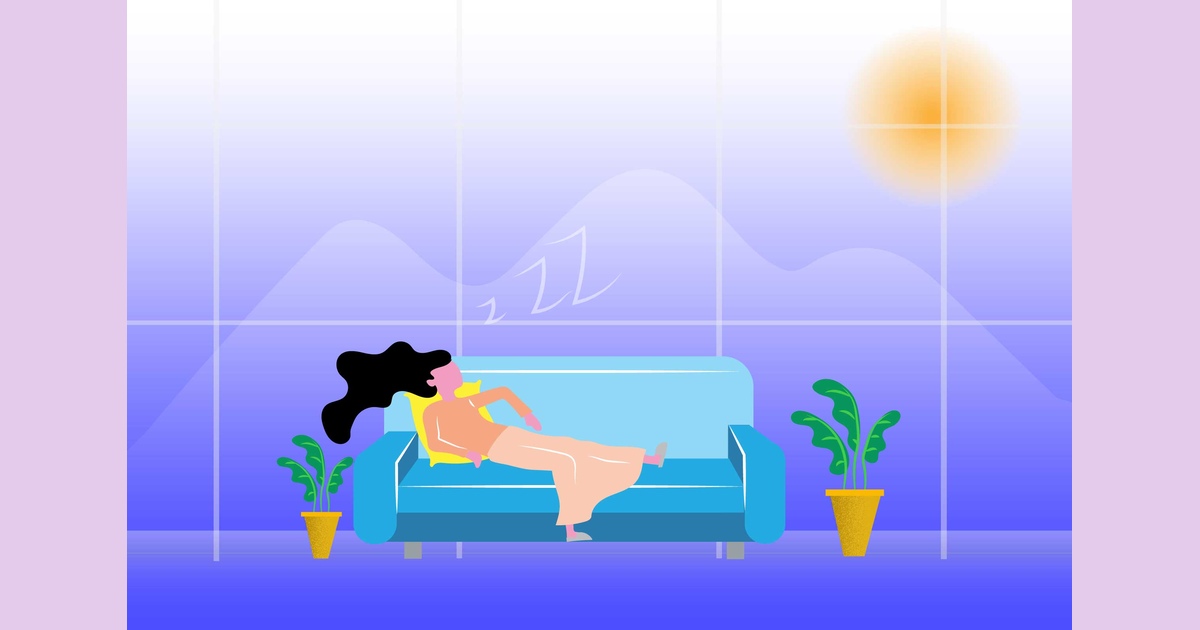Ever felt that post-lunch slump at work or struggled with constant fatigue? Well, guess what? Napping might just be the genius solution you didn’t know you needed.
Napping, often associated with idleness, is gaining recognition as a valuable practice in combating the relentless demands of modern life.
Moira Junge, CEO of the Australian Sleep Health Foundation, asserts the importance of acknowledging the toll that contemporary lifestyles take on individuals.
She acknowledges the challenge of adhering to ideal sleep schedules and encourages people to optimize their nighttime sleep habits.
However, when the recommended seven to nine hours of nightly rest are consistently elusive, she suggests supplementing sleep deficits with afternoon naps.
The Power of Napping: Unleashing Creativity and Productivity
The concept of the afternoon nap is far from new, with siestas being a historical practice across cultures. Renowned figures such as Einstein, Aristotle, JFK, and LeBron James have extolled the virtues of midday slumber.
Furthermore, sleep expert Dr. Michael Breus underscores the natural inclination for humans to experience post-lunch drowsiness, as our bodies are predisposed to biphasic sleep patterns. This predisposition results in a melatonin spike between 1 and 3 pm, prompting a call to rest.
Scientific research supports the positive impact of naps on mood, cognitive function, memory, creative thinking, and physical performance. To maximize the benefits of napping while avoiding sleep inertia, experts emphasize the importance of timing. Naps should either be kept short, around 30 minutes, or extended to a full 90-minute sleep cycle.
Two techniques are particularly noteworthy. The “caf-nap” involves consuming a caffeinated beverage before a brief nap, leveraging the awakening effect of caffeine about 30 minutes later.
This approach provides 20 minutes of restorative dozing, ideally during a lunch break or in a discreet location. Another technique, reminiscent of Salvador Dali and Thomas Edison, involves ultra-short naps.
Referred to as the “steel ball technique,” it entails holding a heavy object in hand while seated, which will fall and awaken the napper before they delve too deeply into slumber. Research suggests that this semi-lucid state before complete sleep can enhance creativity and problem-solving.
Sutapa Mukherjee, president of the Australasian Sleep Association, notes that those receiving sufficient overnight sleep might still encounter post-lunch fatigue but should not experience an overwhelming urge to nap.
However, many individuals overestimate their nightly rest. If someone consistently requires more than one full 90-minute sleep cycle during the day or frequently dozes off during daily activities, it may indicate severe sleep deprivation or underlying sleep disorders.
In conclusion, while prioritizing adequate nighttime sleep is ideal, circumstances often impede this goal. Napping, when executed thoughtfully, can serve as a restorative and rejuvenating practice.
Junge emphasizes that napping not only refreshes the mind and body but also enhances emotional regulation, benefiting both individuals and those around them.
Mukherjee concurs, acknowledging that in a world where sufficient sleep remains a challenge, embracing the power of napping can be a vital step toward personal sustainability and overall well-being.
Share your thoughts in the comments below!








Leave a Reply
You must be logged in to post a comment.